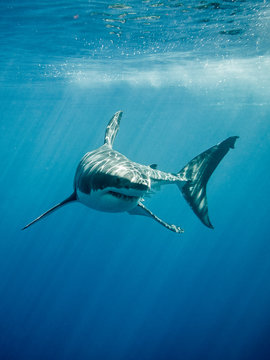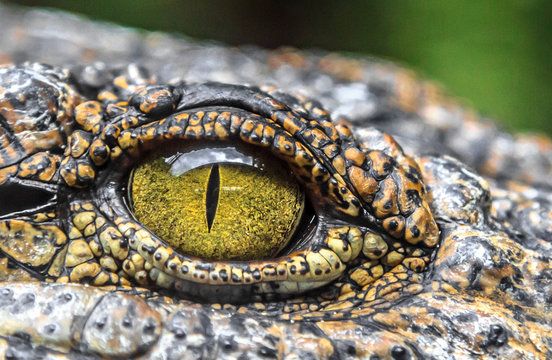🐾 Mexico’s Wild Side: Top Tourist Spots with Higher Risk of Wild Animal Encounters
Mexico is a vibrant tapestry of culture, history, and biodiversity. While its stunning landscapes and rich ecosystems draw millions of tourists annually, some regions also come with a heightened risk of encounters with wild animals. These aren’t everyday occurrences—but they’re worth knowing about to stay safe while enjoying your adventure.
Below are the areas where tourists have faced a higher number of wild animal attacks or encounters in recent years, along with tips to stay safe.
🦈 1. Riviera Maya & Yucatán Coast: sharks
Hotspots:
- Tankah Bay, Tulum
- Beaches of Cancun
- Playa del Carmen coastal waters
Wildlife Risk:
Sharks, including nurse sharks and reef sharks, are part of the marine ecosystem in the Riviera Maya. While attacks are extremely rare, recent incidents—such as a confirmed bite in Tulum and sightings in Cancun—have sparked concern. Migratory patterns, warmer waters, and fishing activity can draw sharks closer to shore during certain seasons.
Safety Tips:
- Avoid swimming at dawn, dusk, or nighttime, when sharks are more active.
- Refrain from wearing shiny jewelry or brightly colored swimwear that may resemble fish scales.
- Stay in designated swimming areas monitored by lifeguards.
- Do not enter the water if bleeding or with open wounds.
- Follow any posted advisories or beach closures related to marine life sightings.

🐬 2. Playa del Carmen & Riviera Resorts: Captive Animal Attractions

Hotspots:
- Barceló Maya Grand Resort
- Local dolphinariums
Wildlife Risk:
While these aren’t wild encounters in the traditional sense, animal-related injuries and deaths in marine parks have sparked public outcry. Activists have reported poor conditions leading to dolphin deaths and questioned the safety of tourists interacting with captive wildlife.
Safety Tips:
- Choose certified ethical wildlife experiences.
- Avoid tours that promote close interaction or rides with animals.
🐆 3. Biosphere Reserves & Jungle Areas in Chiapas and Oaxaca
Hotspots:
- Montes Azules Biosphere Reserve
- Lacandon Jungle
- Huatulco National Park
Wildlife Risk:
Deep jungles are home to jaguars, venomous snakes, spiders, and insects. While sightings are rare, encounters can happen during eco-tours, hikes, or remote village stays. Snake bites and spider stings are the more common risks here.
Safety Tips:
- Wear long sleeves, boots, and insect repellent.
- Never hike alone; hire a certified guide.
- Carry a first-aid kit and know where the nearest clinic is.

🐊 4. Puerto Vallarta: Crocodile Country

Hotspots:
- Boca de Tomatlán river mouth
- Nuevo Vallarta beaches
- Ameca River estuary
- Playa de Oro and surrounding undeveloped coastlines
Wildlife Risk:
Puerto Vallarta and its surrounding areas are home to the American crocodile, a species that thrives in brackish waters, estuaries, and lagoons. These reptiles are often seen in rivers and mangrove zones, but in recent years, they’ve been spotted on beaches and even in hotel zones.
Safety Tips:
- Avoid swimming at night or during dusk/dawn, when crocodiles are most active.
- Stay away from river mouths, lagoons, and mangroves, especially after heavy rain or flooding.
- Pay attention to posted signs and local warnings, especially in less-developed or unmonitored beach areas.
- Do not feed crocodiles or approach them for photos—this encourages aggressive behavior.
- Keep pets and small children away from water’s edge in areas where crocodile sightings have occurred.
🦂 5. Northern Deserts: Scorpions and Snakes
Hotspots:
Wildlife Risk:
Scorpions, tarantulas, and rattlesnakes thrive in arid desert areas. While encounters are more common with locals, tourists who camp, hike, or explore off-grid areas face risks.
Safety Tips:
- Shake out clothing, shoes, and bedding.
- Use a flashlight at night.
- Wear thick-soled shoes and avoid turning over rocks or logs.

Wild animal attacks in Mexico are rare but real. They often stem from poor planning, encroachment on natural habitats, or lack of awareness. Tourism and wildlife conservation must go hand in hand.
By researching your destination, respecting the environment, and following local advice, you can enjoy Mexico’s breathtaking nature—safely and responsibly.


